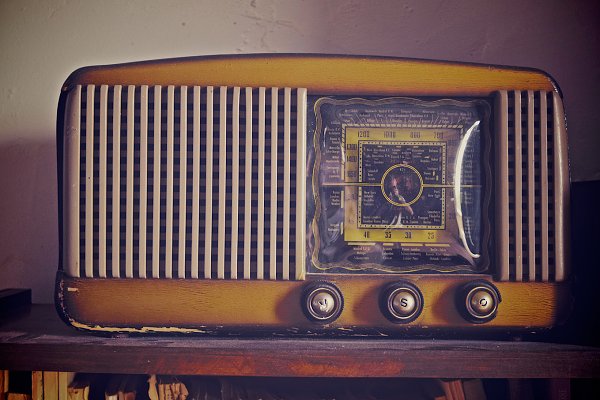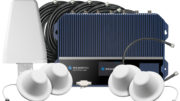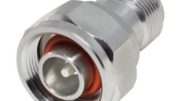When a customer of ours asked this question, it came to me to explain. I was kind of surprised because that’s a pretty high level question to come from a regular phone call. But, I think that the customer was more surprised by the answer:
Basically, nothing.
The words mean almost the same thing. But, in order to understand a little more, you have to look at what’s really going on and why you might need two words for essentially the same process. Luckily, you’ve come to The Solid Signal Blog. This sort of thing is our specialty.
Let’s start with modulation.
If you put up a TV antenna, you’ll probably be able to get about 15 different broadcasts. Each broadcast could have more than one program source, and that means you’ll get a lot of entertainment for free when you watch TV over-the-air. You might be so entertained that you’ll forget to ask that most basic of questions…
How can there be so many channels?
The answer there is that each channel takes up a small part of what we call the “broadcast spectrum.” The broadcast spectrum is made up of electromagnetic radiation that comes from broadcast towers and blankets your local area. But, it’s not just one big monolithic thing. We characterize all that radiation based on wavelength. See, I don’t want to go too deep into physics here but all radiation comes in waves. [It can also act as if it comes in particles, but as I said let’s not get too deep there.]
Each individual broadcast is centered on a different size wave. We measure waves either by how big they are (wavelength, literally the length of the wave) or by how many waves happen in a second (frequency). Really, that’s two ways of describing the same thing, since there’s a fixed relationship between wavelength and frequency.
Every broadcast starts with a carrier wave at a particular frequency. Then it is modulated. In other words, we monkey with with the wave in predictable ways. This lets it carry a signal that we can later decode.
This is also true with signals over a wire. If you have a nice thick meaty wire you can put a lot of different signals on it, each modulated so it only needs a fraction of the total signal that the wire can carry.”
If you have modulation, you need demodulation.
TVs, radios, that sort of thing, they don’t really have the ability to use modulated signals. Modulated signals come into a TV but they need to be processed back to baseband video before they get displayed. Baseband signals are signals that aren’t modulated. They take up the entire wire that they’re on.
It’s proper to call this process “demodulation” or “tuning” because both terms mean the same thing. “Demodulation” implies taking the signal and separating it from the carrier wave. “Tuning” is a much older term which was first used in radio. It implies that you’re setting a crystal to vibrate at the same frequency as an incoming signal. That way the carrier wave is canceled out and all that’s left is the signal itself.
But, these terms aren’t quite synonyms. They’re close and really you’re not going to get in trouble by using them interchangeably.
A demodulator is an industrial thing…
When you use the term “demodulator” you’re really talking about the process of removing modulation as part of some sort of industrial install. Say for example you’re demodulating so that you can remodulate over a wire. This happens all the time. Even so, some people use the word “tuner” for the industrial device that does this and they’re not wrong. Also, we tend to think of a “demodulator” as a fixed thing, as in it always demodulates the same channel.
But, you hardly ever use the term “demodulator” to mean the TV’s tuner. A tuner will demodulate any channel you set it to, within the range it’s designed for. It’s something the end user touches all the time, and that’s sort of the difference.
Not a big deal, really, if you use the terms wrong. Other than, of course, most people have no idea what “demodulator” means and may look at you funny. But hey, you know what it means, and so you’re all set.
This article was brought to you by Solid Signal, where you can find modulators, demodulators, tuners, and everything else you might need to live your best digital life.




